- News
- Reviews
- Bikes
- Accessories
- Accessories - misc
- Computer mounts
- Bags
- Bar ends
- Bike bags & cases
- Bottle cages
- Bottles
- Cameras
- Car racks
- Child seats
- Computers
- Glasses
- GPS units
- Helmets
- Lights - front
- Lights - rear
- Lights - sets
- Locks
- Mirrors
- Mudguards
- Racks
- Pumps & CO2 inflators
- Puncture kits
- Reflectives
- Smart watches
- Stands and racks
- Trailers
- Clothing
- Components
- Bar tape & grips
- Bottom brackets
- Brake & gear cables
- Brake & STI levers
- Brake pads & spares
- Brakes
- Cassettes & freewheels
- Chains
- Chainsets & chainrings
- Derailleurs - front
- Derailleurs - rear
- Forks
- Gear levers & shifters
- Groupsets
- Handlebars & extensions
- Headsets
- Hubs
- Inner tubes
- Pedals
- Quick releases & skewers
- Saddles
- Seatposts
- Stems
- Wheels
- Tyres
- Health, fitness and nutrition
- Tools and workshop
- Miscellaneous
- Cross country mountain bikes
- Tubeless valves
- Buyers Guides
- Features
- Forum
- Recommends
- Podcast
review
£2,800.00
VERDICT:
First class design, construction and performance, but incredibly expensive compared to main rivals
Weight:
663g
Contact:
At road.cc every product is thoroughly tested for as long as it takes to get a proper insight into how well it works. Our reviewers are experienced cyclists that we trust to be objective. While we strive to ensure that opinions expressed are backed up by facts, reviews are by their nature an informed opinion, not a definitive verdict. We don't intentionally try to break anything (except locks) but we do try to look for weak points in any design. The overall score is not just an average of the other scores: it reflects both a product's function and value – with value determined by how a product compares with items of similar spec, quality, and price.
What the road.cc scores meanGood scores are more common than bad, because fortunately good products are more common than bad.
- Exceptional
- Excellent
- Very Good
- Good
- Quite good
- Average
- Not so good
- Poor
- Bad
- Appalling
SRM has long been the gold standard for measuring power and trusted by professionals since the 90s. The latest SRM Origin PowerMeter brings all this expertise into a stiff, light and smart-looking crankset with a rechargeable battery, choice of three crank lengths and compatibility with different bottom bracket axle standards. It works brilliantly with a flawless performance, the power data is accurate and consistent, but it looks extremely expensive in today's power meter market.
- Pros: Accuracy and consistency, easy to install and swap between bikes, rechargeable battery, crank length adjustment, stiff and light
- Cons: Expensive, only broadcasts over ANT+
The German company's business used to revolve around taking another manufacturer's crankset and adding its power meter spider to the mix. In a market where more brands are offering their own power meters, SRM responded by creating its own crankset. The Origin was born. Chainrings aside, everything is new and unique to SRM.
> Find your nearest dealer here
You can still buy an SRM power meter installed on another company's crankset if you prefer, but the Origin is lighter than any of those combinations. On the scales with all hardware, Shimano Dura-Ace 53/39t chainrings and a 30mm spindle, it weighs 663g. That's lighter than the Shimano power meter (695g), Stages LR (709g), Rotor 2InPower DM (798g) and Verve Infocrank (831g).
The Origin is a three-piece power meter. The cranks are made from carbon fibre thanks to a partnership with French brand Look, which has a lot more experience when it comes to developing and manufacturing carbon components. The quality is extraordinarily high. SRM has also borrowed Look's novel 'Trilobe Technology' which lets you choose 170, 172.5 or 175mm crank lengths just by flipping a threaded insert. It's very easy to use and a great option if you want to experiment.
You can choose 110 or 104 BCD spiders to allow for a variety of chainrings from compact 50/35 up to the Dura-Ace R9100 53/39 chainrings tested here. You can also go with a 1x setup. The carbon cranks bolt onto a choice of 24 or 30mm spindles. They can be swapped easily using the appropriate tool, so if you ever upgrade or change your bike you don't have to ditch your power meter. That gives good future-proofing.
Installation
Installing the Origin is a case of simply following the instructions, selecting the correct number of spacers for your frame and bottom bracket, and cinching up the bolts to the target torque settings.
The fiddliest part is installing a magnet to the frame. Some power meters rely on accelerometers to measure cadence, but SRM uses a magnet to ensure accuracy is reliable and consistent. On my test bike, it was easy because I used the external cable guide on the underside of the bottom bracket. Newer frames with internal cable routing present more of a challenge – you'll need to tape or glue a magnet to the frame.
An appealing aspect of the new Origin is the rechargeable battery. No more constant replacing batteries or, in the case of older SRM power meters, sending them back to Germany for a battery replacement. SRM has developed a neat magnetic charger – simply present it to the spider and it snaps into place.
Battery life is claimed to be 100 hours. Ride a decent 12 hours a week and you're looking at charging it every eight weeks. I never troubled the battery life; with charging being so easy you simply top it up every few weeks or put a reminder in your calendar. It's a lot more convenient than replacing batteries.
Performance
Stiffness of the crankset is very good, on a par with any other top-end cranksets and possibly even a touch stiffer. They feel rock solid when pedalling. You feel every watt of energy going to forward motion. Shifting performance, as expected with Shimano chainrings, is perfect. The power meter is sealed against the elements – riding in the rain, getting it plastered in mud, spraying it with a hosepipe presented no problems whatsoever.
You can opt for the company's own PC8 head unit to get the data on a display on your handlebar or use any ANT+ compatible computer. I tested it with a Wahoo and Garmin computer with no issues at all. I never had any issues connecting to the power meter – it never lost connection during any ride or weather. The SRM, unfortunately, doesn't support Bluetooth.
SRM claims +/-1.5% accuracy, developed using a 144-point calibration protocol against a known mass measured to the exact gram. You can change the chainrings without affecting the calibration. It's in line with other high-end power meters.
I found the data is accurate and consistent and showed no anomalies during a variety of testing conditions. It never over or under-read power during testing, when compared to other power meters like PowerTap pedals and a Wahoo Kickr indoor trainer, both claiming 1.5% accuracy just like SRM. The Origin handles temperature compensation with an auto offset feature so you don't have to manually zero offset before a ride, but I always do as a matter of course.
I went for an hour's ride on a regular route I use for testing bikes and fitness, using PowerTap P2 pedals to compare the SRM Origin Data. The results show the two traces following the same path very closely; there are no anomalies that stand out:
Zoom in a bit closer and again the two power traces follow each other very closely, and here the average power is much more closely aligned, with 7 watts difference.
The mean max power graph also shows just how close the two power meters track each other.
Onto the Wahoo Kickr for a spin around Watopia now. Here the two power traces follow near enough identical lines, and the average power output is remarkably similar.
Zoom in a bit closer and you can see the traces do deviate a little, but during the big dip and small spike they still track closely.
Tested over a long-term period, the readings never showed any inconsistencies or strange spikes or dropouts.
Summary
SRM has long been the benchmark, the gold standard, though that's more down to history. SRM kickstarted the cycling power meter over 30 years ago when company founder Uli Schoberer invented the first power meter. The products rose to prominence during the 90s when top racers of the era would have to buy the power meters – the company never sponsored or gifted riders its products, which tells you how in demand they were that a rider would put their own hand in their pocket.
Is the SRM still the gold standard? I think it's hard to make that argument when there are now so many good power meters on the market to choose from that offer consistently accurate power measurement.
The power meter market has exploded in the last decade and there are now many competitors to SRM's throne. Many of the products now seriously undercut the SRM Origin price, and most offer a high level of accuracy and consistency that makes it tricky to justify paying so much more for the SRM.
Rotor's 2InPower DM power meter costs £1,300 with lots of chainring options and is nicely made, though it's not as light as the SRM.
Shimano's Dura-Ace power meter (£1,500) got off to a shaky start but it eventually impressed with consistent and reliable power data. If you want a power meter that has a harmonious appearance with the rest of your Dura-Ace kit, this is the option for you.
An even cheaper option is the FSA PowerBox Alloy (£600) which uses Power2Max technology combined with FSA's crankset expertise to create an effective, durable and easy to fit power meter.
> The stuff they never tell you about power meters
SRM is still a very popular choice in the professional peloton, with several teams fully outfitted with the Origin, showing race-proven durability. The power meters are still made one at a time by hand at its headquarters in Julich, Germany, with the sort of expertise you'd expect for a company that has specialised in power meters since the 80s.
Choose the SRM Origin if you want the best, have deep pockets and you want to be able to fit it to any bike and choose different crank lengths. The performance is flawless and I particularly like the easy recharging compared to the constant replacing of batteries with some other power meters. You get a three-year worldwide warranty too.
But if the price is a factor, which let's be honest it will be for most, then there are certainly more wallet-friendly options to choose from that will still deliver everything most cyclists are looking for in a power meter. That makes recommending the SRM Origin pretty tricky.
Verdict
First class design, construction and performance, but incredibly expensive compared to main rivals
road.cc test report
Make and model: SRM Origin Power Meter
Size tested: 30mm spindle, 53/39t chainrings
Tell us what the product is for and who it's aimed at. What do the manufacturers say about it? How does that compare to your own feelings about it?
SRM says: "The SRM Origin PowerMeter, named for having all components designed by SRM - the original PowerMeter, is our first modular-concept PowerMeter offering limitless compatibility. Interchangeable spindles, adjustable crank arm length, flexible chainring combinations, rechargeable battery option... all crafted around cutting-edge carbon crank arms offering superior stiffness to weight ratio for unparalleled performance!
"SRM offers the Origin in several versions and the modular foundation brings a "build your own" experience to customers. Start with a crank arm, 120 grams of the highest calibre carbon with LOOK's Trilobe Technology allowing one crank arm to function in three lengths; 170mm, 172.5mm, 175mm. Then choose your chainrings; Shimano 9100, Shimano 9000, or 110/110BCD chainrings from BOR or Miche, for example. The Origin PowerMeter lid, with a rechargeable port option, is interchangeable to match your chainring model. Then select your spindle type and length, BB30 and 24mm options."
Tell us some more about the technical aspects of the product?
From SRM:
MULTIPLE CHAINRING CONFIGURATIONS
The 110/110 asymmetrical BCD allows a variety of chainring size options from 50/34 to 55/42 as well as single ring setup. Select Shimano, Miche, BOR or other compatible designs. (Right: Miche rings)
CARBON OR ALUMINIUM: THE CHOICE IS YOURS
Choose your individual crank arm length.
Origin Aluminium is available with a crank length from 160-175mm.
Origin Carbon comes with adjustable crank arms.
Co-developed with a leading producer of carbon components. The carbon crank arm offers superior stiffness to weight ratio. The LOOK Trilobe pedal insert allows for adjustable crank length; 170, 172.5, and 175mm.
LIMITLESS COMPATIBILITY
SRM produces the spindle in BB30 and 24mm so one PowerMeter can fit many frames. Road, mountain, track, cross and more can all be powered by one SRM now!
Rate the product for quality of construction:
9/10
First class construction, as you'd hope at this price.
Rate the product for performance:
9/10
Flawless performance.
Rate the product for durability:
8/10
Solidly made and very durable.
Rate the product for weight (if applicable)
9/10
They're very light, and undercut many rivals.
Rate the product for value:
4/10
Where to start... 10-15 years ago SRM was the undisputed king, and the only power meter you could hope to buy. In today's market, there's a wealth of choice, many much more affordable, which all makes the SRM look a bit expensive.
Tell us how the product performed overall when used for its designed purpose
Delivers accurate and consistent power.
Tell us what you particularly liked about the product
Easy to change crank length and axle sizes, easy to install and looks and works great.
Tell us what you particularly disliked about the product
No Bluetooth support will irk some.
How does the price compare to that of similar products in the market, including ones recently tested on road.cc?
It's more expensive than any other power meter on the market.
Did you enjoy using the product? Yes
Would you consider buying the product? If I had a raise...
Would you recommend the product to a friend? To the right one, yes.
Use this box to explain your overall score
Remove the price and there's a lot to like here: the first class design, construction and accurate and consistent power measurement. But where once it was the gold standard, now it just looks rather overpriced when compared to alternatives.
About the tester
Age: 31
I usually ride: My best bike is:
I've been riding for: 10-20 years I ride: Every day I would class myself as: Expert
I regularly do the following types of riding: road racing, time trialling, cyclo-cross, commuting, touring, mountain biking
David worked on the road.cc tech team from 2012-2020. Previously he was editor of Bikemagic.com and before that staff writer at RCUK. He's a seasoned cyclist of all disciplines, from road to mountain biking, touring to cyclo-cross, he only wishes he had time to ride them all. He's mildly competitive, though he'll never admit it, and is a frequent road racer but is too lazy to do really well. He currently resides in the Cotswolds, and you can now find him over on his own YouTube channel David Arthur - Just Ride Bikes.
Latest Comments
- stonojnr 1 hour 31 min ago
the key is having a decent LBS, one you can trust to do the work, and not invent things to do, or start overcharging you, and not everyone has that...
- Aluminium can 2 hours 40 sec ago
No sticker is required in the case of the empathy disabled. If you see someone in yoga wear getting out a wankpanzer it's clear they are crippled...
- ktache 3 hours 13 min ago
I run 10+14 on my summer tyres and 11+14 on my intermediates and full on winter muds. And I can feel differences as the week progresses.
- brooksby 3 hours 31 min ago
I think that you have it the wrong way around: the £10-15 lights on eBay (other marketplaces are available) are cheap copies of Lezyne's originals....
- Tom_77 4 hours 9 min ago
Does it happen outside the Moldavian Embassy? Or maybe it's the chip shop.
- David9694 4 hours 28 min ago
'Safety Is a Shared Responsibility, Says Traffic Officer Whose Tips Are Aimed 100% at Pedestrians and Cyclists
- Bungle_52 5 hours 30 min ago
We can't have that can we. Much better to risk killing vulnerable road users. Less damage to the cars.
- Bungle_52 5 hours 33 min ago
I've just had the outcomes from 4 reports I put in last week. 3 of them were for driving at me on my side of the road. Two I had to brake and...
- Cycloid 5 hours 52 min ago
I have seen this image several times and can see no scientific reason for the conclusion it supports. I have been unable to trace it's source....
- Rendel Harris 6 hours 16 min ago
Sounds massive, doesn't it, but whilst we should obviously be aiming for as little carbon release as possible that's the equivalent of what...



















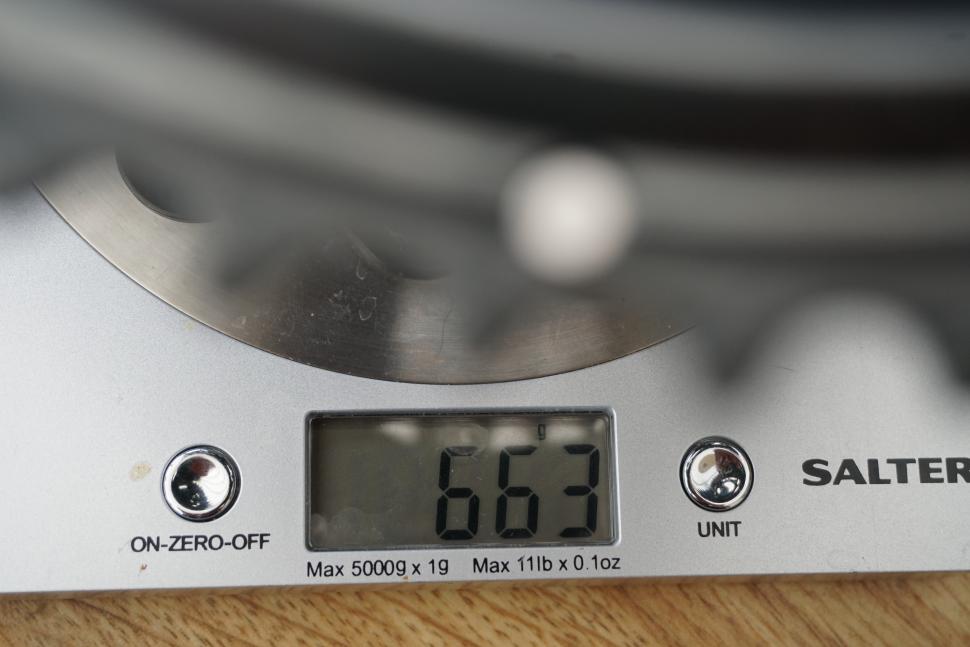

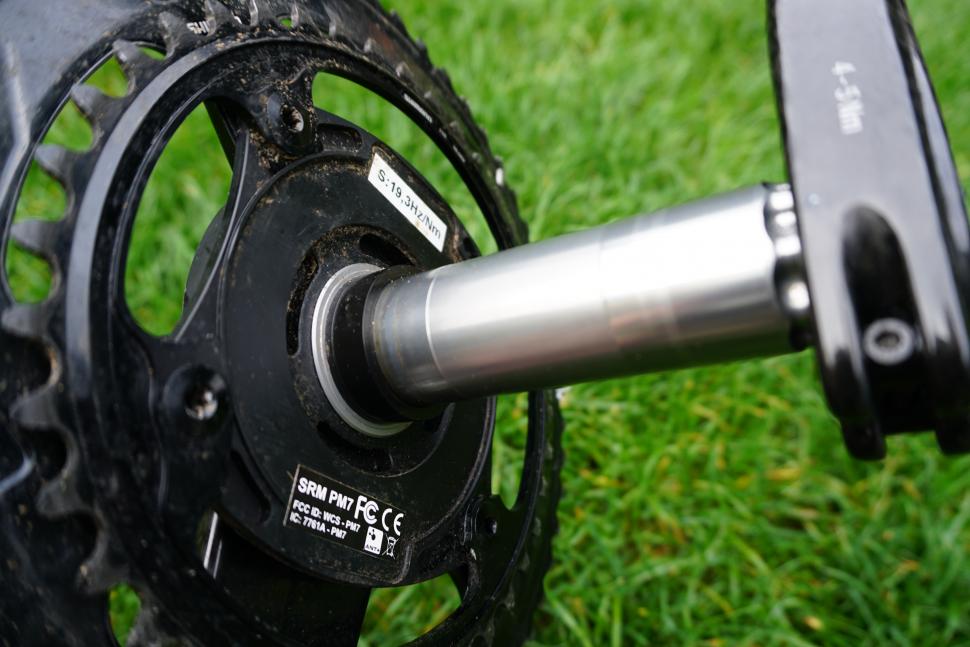

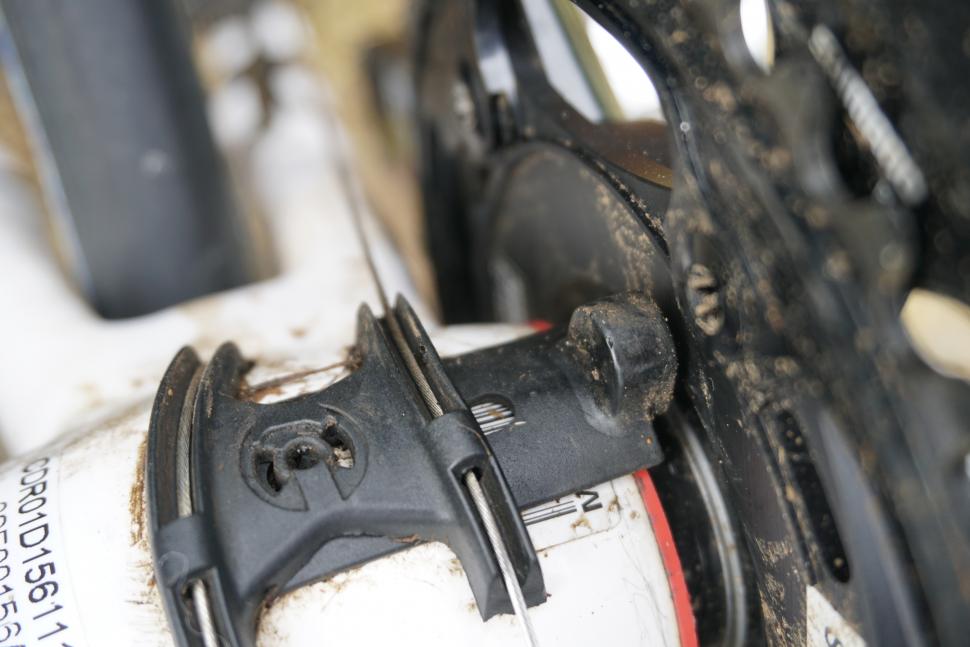

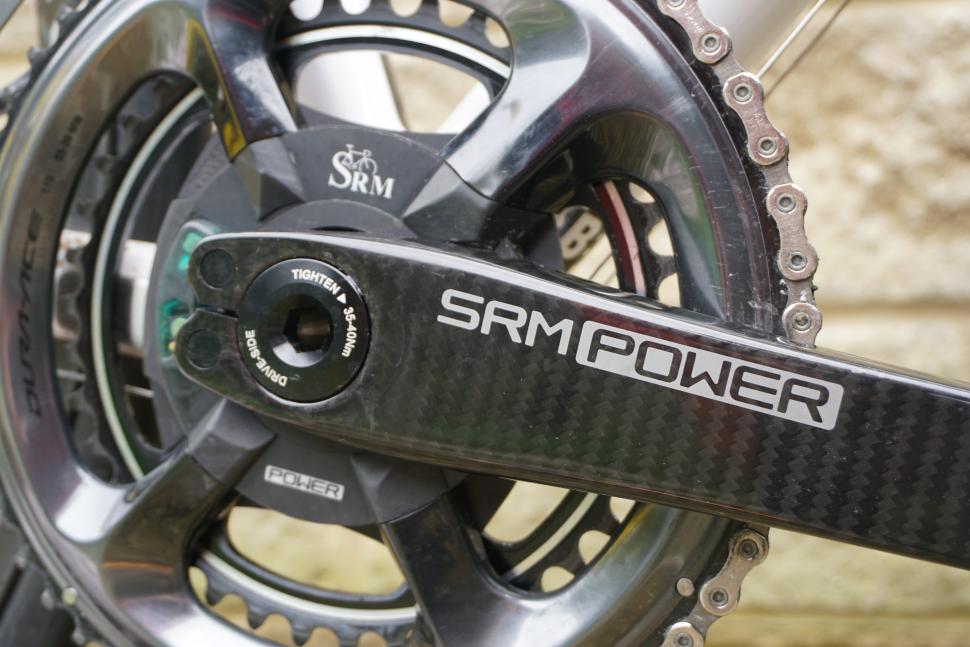

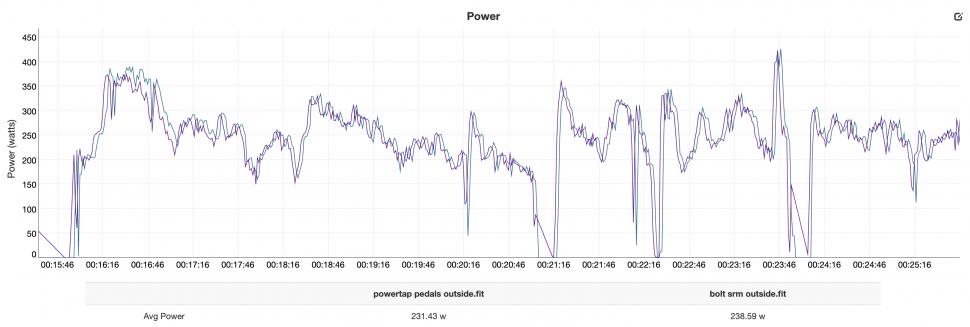



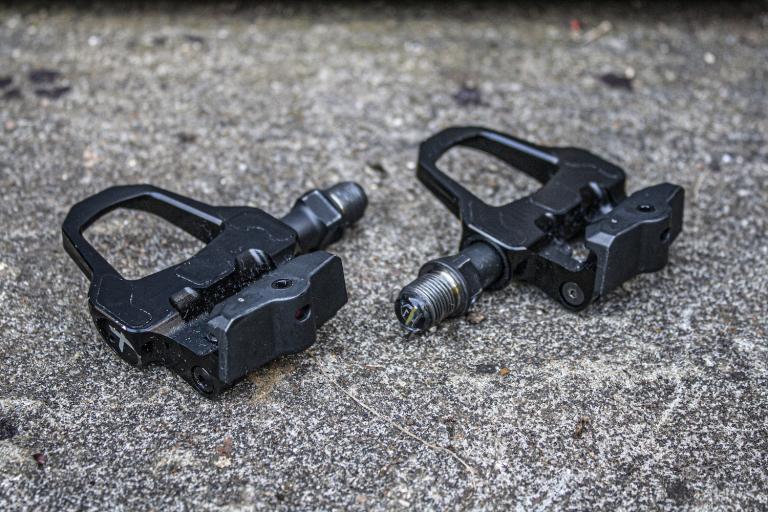
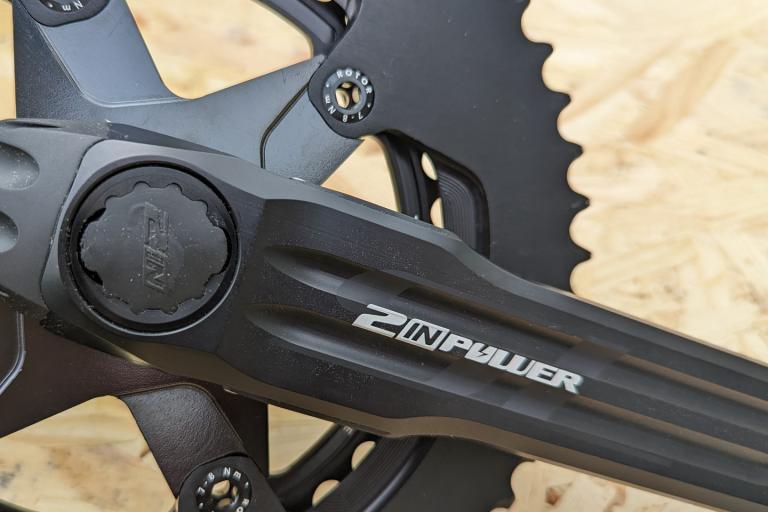
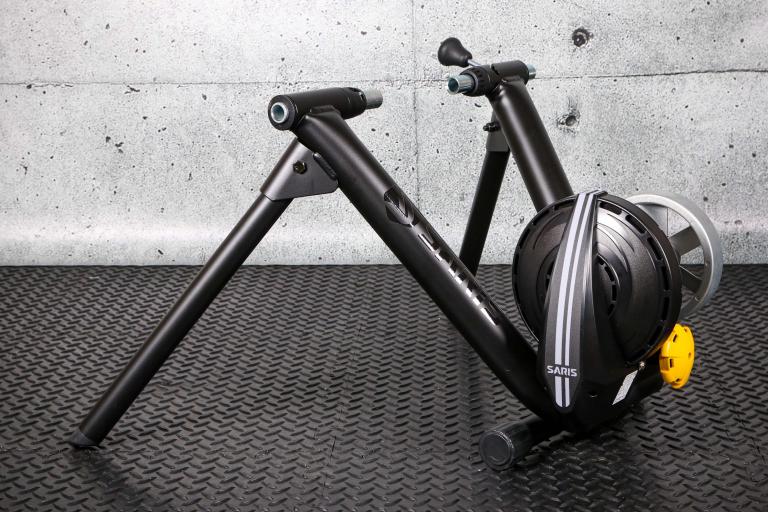

Add new comment
21 comments
It's only a magnet. Pennies off eBay. Sorted. I'd just hot glue it on. Simple.
First thing most coaches will ask you is 'do you have a power meter'! If, like most people probably, you're a time-crunched cyclist trying to get the best out of their training, a power meter is pretty useful, I get by with a heart rate monitor but it means some stuff is just guess work (like short intervals when your heart rate lags behind the effort).
Plus for £2,800 you would assume someone is serious enough a cyclist that they've probably already seen a coach.
My two bikes, bought new, didn't cost that much.
And then you need to tape or glue the cadence magnet on! £2,800 and they couldn't think of a better way of attaching a cadence magnet than tape or glue. Wonder how much a replacement is when that one falls off.
I'm sure that SRM would love to hear your improved attachment ideas. Let's hear them.
I wasn't aware they were paying me to do their design for them. I'm happy to just not buy the procuct thanks.
So you don't have any then. Brilliant.
But that doesn't mean to say that I don't have a right to comment on a product that costs this much, and the design hasn't been finished.
Are you going to buy it?
When you say hasn't been finished, that's not really true is it? It's more simple to stick the magnet on with a dab of glue than it is to change the crankset over itself.
The price is higher than most power meters but it also looks pretty nice. If you're concerned about the price then you're not their target market.
Does the glue come included? Does the manufacturer say what type of glue to use? Do they say how to clean the frame before hand? Does it need gentle sanding to roughen the surface? What glue should you use so that it doesn't damage the resin (assuming CF frame)? How is it removed once it has been placed wrongly first time?
These are questions I would get back from a contractor if I sent out a drawing with the instruction "stick on with glue or tape".
No as I don't require such a full-on device.
Can you show that it's unfinished? How might you, with your indepth product design experience, look to attach a magnet to a frame?
This comment shows that it is unfinished "Newer frames with internal cable routing present more of a challenge – you'll need to tape or glue a magnet to the frame." It doesn't even say that the glue or tape needed to do that is included.
I think you need only look at how cadence sensors, speed sensors, lights etc are attached to a bike to see that glue and tape needent be the answer.
Why are you so argumentative?
Who's arguing here? Poster A makes a commnet/suggestion/observation, poster B ask him/her to expand. It's generally how a forum based website works.
And the product tested here is clearly the finished article. The Shimano Dura Ace meter also requires a magnet to be attached via double sided tape (!!!) so can we also assume that that isn't finished?
I'd design it without a magnet in the first place.
Wouldn't prospective buyers who want something like this be better off spending the money on a decent coach first before you buy something ike this? None of my business but always comes across that buying certain gear is more important than actually improving your training/riding technique.
Unless of course you're rolling in it in which case buy what you like.
This particular unit ? Yeah, probably - for the same money you could get a top notch power meter and a coach. For power meters in general, probably not for most people.
Hold up, we got a bad ass over here!
You're 'ard
Love dropping lads with their Watts displayed on the bars. Always ask what they are putting out before throwing the wheel on.
I Never hassle anyone with a clear set of handlebars
Who in their right mind would pay £2,800 when the proven P2M NG eco (as an example) does exactly the same job for 499. I've no idea what market SRM are aiming for, there can't be that many people with more money than sense.....
Same deal with their pedal offering. Favero, PowerTap and Garmin are all cheaper and equal or better. They are living in the past, need to realise the market have caught up and gone right by them.
There are certainly many excellent options for power meters these days, and especially P2M has a lot going for them. However, the biggest argument why someone chooses a SRM is their proven reliability, which isn't only important for pro-riders, but also for some amateurs. Some people train the whole year to perform well at a big event like Ötztaler, Haute Route or an Iroman, and when you invest so much of your crecautios time into your training, you also want to have equipment that doen't let you down on the big day.